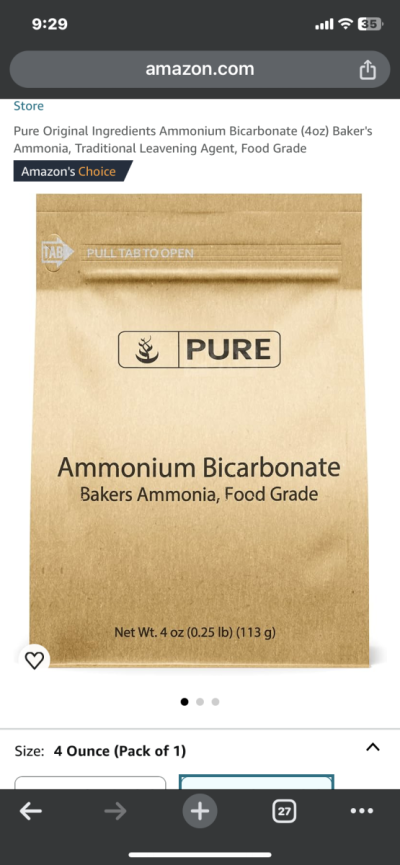- Joined
- Aug 13, 2019
- Messages
- 2,088
- Reaction score
- 2,772
So another side effect noted as of late, and I’m not assigning blame to ammonium as it started long after and only after adding vinegar to the equation, is that my roller filter fleece consumption has more than doubled. The fleece is actually not as dark (think coffee filter) as is typical and is now notably slimy to the touch. I’m guessing the slime is bacteria related and is enough to block the porosity of the fleece. Now that it’s $34 a roll (which lasts 2 months as opposed to the 4-6 that’s been typical over the years), I’m considering ditching the fleece altogether. I will also add that ammonium alone did not have much effect on growth (based solely on Alk demand) but shortly after adding vinegar to the mix Alk demand has notably increased. This is with maintaining 10ppm of nitrate as was the case with ammonium alone. I can’t say how much it’s increased as I’ve been adjusting the calcium reactor co2 and effluent to keep up and can’t calculate dkh consumption based on that madness.























